The so-called hearing is the subjective response of people to sound. We know that any complex sound can be described by three physical quantities of sound: amplitude (sound intensity or sound pressure), frequency and phase. But for the human ear, the sound is described by three other quantities, namely loudness, tone and tone. This is what we usually call "the three elements of sound." In addition, the human ear can distinguish the direction of the sound and the distance to the human ear.
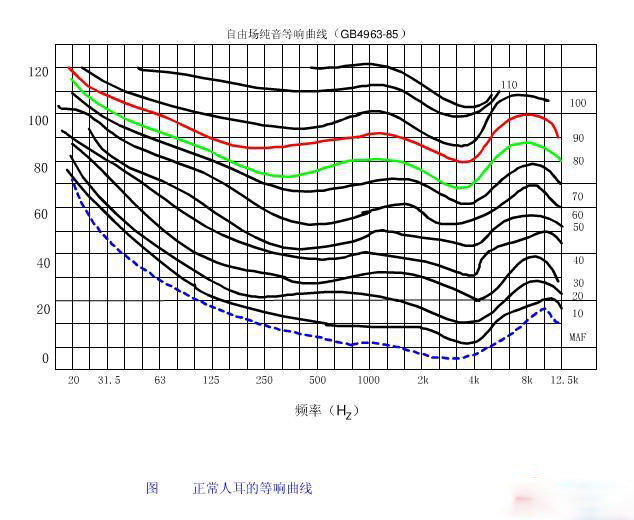
First, the loudness
The loudness of the sound is related to the amplitude (sound pressure) of the sound wave. For a signal of the same frequency, the louder the sound pressure, the louder the loudness. However, the loudness (sensitivity) of the human ear to sounds of different frequencies is different, that is, different sounds are perceived for sounds of different frequencies and sound pressures. Sounds in the frequency range of 3 to 4 kHz are easily perceived (higher sensitivity), while sounds in the lower or higher frequency range are less susceptible to being perceived. The relationship between the sound pressure level and the frequency under the condition of equal loudness is called the equal loudness curve.
In the figure, the abscissa indicates the pure tone signal of different frequencies, the unit is Hertz (h); the ordinate indicates the amplitude of the corresponding sound wave (sound pressure level); the curve in the figure is the equal loudness curve, and the unit is the square sound (PHONO). The different units on the same equal loudness curve are decibel (dB) frequencies, pure tone signals of different sound pressure levels, giving the same sense of loudness. For example: pure sound of 50 decibels/100 Hz and pure sound of 40 decibels/1 kHz, because the two are on the same equal-curve curve, that is, to make 100 Hz bass and 40 dB/1 kHz. The midrange sounds the same, and the signal of 100 Hz must be 10 decibels larger than 1 kHz. From the figure we can draw the following simple conclusions:
1. The sensitivity of the human ear to different frequency sounds is different. Specifically, the sensitivity to 3 to 4 kHz sound is higher, and as the frequency increases and decreases toward 3 to 4 kHz, the overall trend is a decrease in sensitivity.
2. The sensitivity of the human ear to different frequency sounds is also related to the sound pressure. As the sound pressure decreases, the sensitivity of the human ear to low frequency and high frequency is reduced, especially for low frequency sound. That's why when we turn the volume down (ie at low sound pressure levels), even if there are more bass components in the program, it still sounds too low, once the volume is turned on (sound pressure level) At about 80 decibels or more, you will feel the richer bass.
It can be seen from the equal-tone curve that if the sound is reproduced at a lower sound pressure level than the original sound (during recording), it is necessary to pass the equalizer to raise the bass and treble to ensure the original sound balance. For example, a band plays, if both low-frequency and high-frequency sounds are recorded at about 100 decibels, because the equal loudness curve is almost straight, so the bass and treble sound almost the same. If the sound pressure level during playback is low, for example, 50 decibels, then the sound of 50 Hz can be heard just now, while the sound of 1 kHz sounds 50 squares, and the sounds of other frequencies have different loudness. Level, so it sounds like the low frequency sound and high frequency sound are lost, that is, the original sound has changed. At this time, if the sound of 50 Hz sounds roughly the same as the sound of 1 kHz, it must be raised by about 20 decibels. It can be seen that the equal loudness curve is one of the important basis for us to use the equalizer.
Second, the tone
The pitch, also known as pitch, is the subjective evaluation scale of the human ear to the tone of the tone. The pitch is mainly determined by the frequency. The higher the frequency, the higher the pitch, the lower the frequency, and the lower the pitch. But the pitch and amplitude also have a certain relationship.
The human ear's perception of pitch changes is not a linear relationship, but a logarithmic relationship. That is to say, the pitch feeling is formed by the relative change of the frequency, that is, regardless of the original frequency, the frequency change of the same multiple always produces the same pitch change feeling to the human ear. For example, to double the frequency, for example, from 100 Hz to 200 Hz or from 1 kHz to 2 kHz, the pitch change is the same in the auditory sense, that is, the so-called "octave" is also improved. It is "octave". It is precisely because the pitch change is proportional to the logarithm (or multiple) of the relative change in frequency. Therefore, in the graph showing the frequency, the frequency coordinate is often on the logarithmic scale, and the center in the graphic equalizer is often pressed by 1/2. The same is true for the reason of the "" or "1/3" setting.
Each time the instrument emits a tone, this tone has a fundamental frequency f0 and a harmonic that is an integer multiple of f0. The pitch perception of each tone is determined by f0, and each harmonic determines the tone of the tone. Sometimes the amplitude of f0 is even smaller than the amplitude of the first few harmonics (such as f1, f2, f3...), but f0 determines that the effect of the tone is not weakened.
The perception of the human ear to the tone is also affected by the amplitude. When the amplitude is large, the eardrum is greatly stimulated and deformed, thereby affecting the nerve's perception of the tone. Generally speaking, when the loudness is increased, the human ear feels that the pitch is lowered, and the lower the frequency, the more the feeling is lowered.
Third, the tone
In addition to the obvious ability to distinguish loudness and tone, the human ear can accurately judge the sound of the sound. The frequency of different instruments is very different. For example, even if the violin and piano play the same high-pitched notes, people can quickly distinguish which is the piano sound and which is the violin sound, and not confused with each other. This is because they have the same pitch when playing the same note, but their harmonic components (overtones) are very different in quantity, frequency and intensity. It is because of the different composition of these harmonics that the unique tone of each instrument is given. The tone is primarily related to the frequency structure of the sound. In fact, most of the vibration of the instrument is not a simple harmonic vibration, but a superposition of many different simple vibrations, and the vibrational frequencies of these simple harmonic vibrations satisfy the integral multiple relationship. Among them, the lowest frequency is called the fundamental frequency, the simple harmonic of the fundamental frequency pair is called the fundamental wave, and the simple harmonic whose frequency is an integer multiple of the fundamental frequency is called harmonic, which is called overtone in the music vocabulary. It is precisely because of the different composition ratios of harmonics that it is unique to various instruments and vocals. If there is no harmonic component, the simple pitch harmonic signal is not musical.
In the process of sound transmission, in order to make the sound realistic, you must try to keep the original sound. If some of the frequency components in the sound are amplified or reduced, it will cause a change in the tone. Sometimes it is okay to use the equalizer to make appropriate adjustments to the tone for a particular need. This shows that the equalizer can make some necessary modifications and adjustments to the tone. This is another important basis for the use of equalizers.
Fourth, the Haas effect
In the experiment, Haas found that if two different sound sources emit the same sound and reach the audience at the same intensity at the same time, the subjective feeling is that the sound comes from between two sound sources; if one of them is slightly delayed (about 5 ~ 35 milliseconds), it sounds that both sounds come from the undelayed sound source. The presence of the delayed sound source has no effect on the direction positioning, but increases the loudness; if the delay is between 35 and 50 milliseconds, then The presence of a delayed source can be identified, but its direction is still in the direction of the undelayed source; only when the delay exceeds 50 milliseconds, the second source is heard as a clear echo. It can be seen that if two identical sounds appear within 50 milliseconds (1/210 seconds), they are generally indistinguishable, and only the changes in tone and loudness can be perceived. If the second sound is delayed by 50 milliseconds, Appear, and with enough loudness, we can distinguish them. This effect is applied to indoor sound reinforcement systems and ensures the visual and auditory consistency of the listener in the sound field of the distributed loudspeaker system.
If the difference in sound path between the reflected sound and the direct sound is greater than 17 meters in the hall, and the sound absorption effect of the room is not good, an echo will be generated, thereby destroying the naturalness and intelligibility of the language. In addition, in the larger hall, in order to ensure the uniformity of the sound field, there are often auxiliary speakers in the back field.
At this time, for the audience sitting in the back row, if the main speaker of the station is at a distance of 12 meters from the back-field auxiliary speaker, it is equivalent to the sound from the main speaker of the station than the sound from the back-field auxiliary speaker. With a delay of 35 milliseconds, he will feel the sound coming from the backcourt. At this time, in order to ensure the visual and auditory consistency of the audience, it is necessary to add a delay to the back-field auxiliary speaker. It should also be noted that we always assume that the volume of the two sources is the same. In fact, if the delay does not exceed 20 ~ 30 milliseconds, you can attenuate the volume of the leading channel (or increase the volume of the lag channel). To change the position of the sound image.
Five sense of direction
When listening, people can use their ears to determine the direction of the sound and determine where the sound source is. This is because we have two ears (the so-called "binaural effect"), and the distance between the ears is about 20 cm. When the sound from the same source reaches both ears, there are differences in time, intensity and phase. It is from this difference that we have completed the positioning of “sound imageâ€.
The human ear grows on both sides of the head, and the azimuth resolution ability for the horizontal direction is much stronger than that of the vertical direction. Generally, the horizontal direction of 5°~15° can be distinguished, but in the vertical direction, Sometimes it is more than 60° to distinguish it.
The sense of sense of direction in the sense of hearing makes it possible for us to "concentrate" in a noisy environment to hear a relatively special sound from a certain direction. If we plug one ear and listen to it with a single ear, the above The sense of direction will disappear, and the sound is seriously disturbed by the environment, and the sound is confusing. The use of the sense of sense of direction of the sense of hearing requires us to arrange the speakers in the hall as much as possible to ensure that the direction of "visual" and "listening" is the same, that is, the sound source and the sound seen by the eyes. The source comes from the same direction. This requires us to use a "centralized" sound reinforcement system - focus the speakers on both sides of the stage, and make the speakers as close as possible to the sound source in the horizontal direction. As for its position in the vertical direction, it often has less influence.
By the way, what is stereo? What is stereo is the way in which people can hear the spatial distribution of sound sources in space. Stereo is developed according to the human binaural effect. The simplest and most practical stereo is the two-channel stereo. It uses two speakers to reproduce the sound. People can reach the relative intensity and time difference of the human ear through the sound of the two speakers. And the phase difference to hear the distribution of the sound source between the two speakers. Therefore, we can change the position of the sound image by adjusting the relative intensity, delay time and phase of the sound in the two speakers. If you want to reproduce the distribution of the sound source over the entire plane, you must use surround sound. To achieve surround sound, you usually need four channels. Dolby Stereo is the best representative of this stereo. Now we use a surround sound processor that converts a normal two-channel stereo field into four-channel surround sound. In fact, this is just a kind of simulation, it is a kind of pseudo surround sound, it can't really reproduce the sound source. Real location. It must be emphasized that: Do not think that simply installing a few speakers is stereo, although it may make the sound sound more full and round, in fact, it is just a similar reverb effect.
In addition, the human ear can distinguish the distance of the sound source according to the difference of sound quality, that is, the human ear not only has the ability of "orientation" but also the ability of "positioning".
Sixth, Doppler effect
When the sound source and the listener move relative to each other, the pitch of the sound determined at a certain frequency changes. For example, when the train comes over
The whistle sound is a slightly higher frequency tone, and the lower frequency tone is heard when the train leaves. This phenomenon is called the Doppler effect.
When the sound source moves at a certain speed and the listener is stationary, the sound intensity (sound pressure) also has a similar change, and the moving sound source is at the same distance than the intensity generated when it does not move. The removed sound source produces less intensity.
Seven, the impact of noise on clarity
The noise encountered in the karaoke hall mainly includes two types of electrical noise and environmental noise. Among them, electrical noise can be divided into thermal noise, AC noise, induced noise and background noise of recording media. However, in recent years, with the rapid development of electronic technology, the emergence of new digital recording methods and a large number of imported equipment with excellent performance, Thermal noise in electrical noise and the noise floor of the recording medium have become less noticeable, so electrical noise is mainly due to AC noise and induced noise caused by poor shielding or grounding in the wiring, which can be improved by wiring process or using noise. The door is suppressed. So here we focus on the impact of ambient noise on clarity.
The presence of noise causes a decrease in the hearing of the target sound, that is, a so-called "masking phenomenon" which depends not only on the sound pressure of the noise but also on its frequency components and spectral distribution. Simply put, there are mainly the following characteristics:
1. Low-frequency sound, especially when the loudness is quite large, will have a more obvious masking effect on high-frequency sound.
2. High-frequency sound produces only a small masking effect on low-frequency sound.
3. The closer the masking sound is to the frequency of the masked sound, the greater the masking effect. When their frequencies are the same, the masking effect of one sound on the other sound is maximized.
It can be seen that low frequency noise (such as fan noise) and vocals are the main sources of interference. In general, karaoke halls require an ambient noise level of less than 30 to 35 decibels, which is an important requirement for clarity.
PCD Milling Cutter: Polycrystalline Diamond (PCD) tool is a tool made by welding a PCD composite sheet to a carbide or steel body. Since the PCD composite sheet combines the high hardness, wear resistance, low friction coefficient and strength of the single crystal diamond with the high bending strength of the tungsten carbide cemented carbide, the tungsten carbide hard alloy layer of the composite sheet provides the diamond layer. Mechanical support increases its bending strength, while the hard alloy layer is easy to weld, making it easy to make finished tools. Compared with other tool materials, polycrystalline diamond has the following characteristics: 1 extremely high hardness and wear resistance; 2 high thermal conductivity and low thermal expansion coefficient, fast heat dissipation during cutting, low cutting temperature, small thermal deformation; 3 low friction coefficient Can reduce the surface roughness of the machined surface. When processing aluminum alloy with PCD tool, the hardness of the diamond is high, the surface and metal affinity is small, and the rake face of the tool is polished into a mirror surface, which is not easy to produce built-up edge, and the dimensional stability and surface quality are good. Using PCD tools to process aluminum alloy parts of various specifications, the tool life can reach several thousand to tens of thousands, especially suitable for mass production of automobile and motorcycle parts. PCD tools are also widely used in high-speed machining of other non-ferrous metals and non-metallic materials, and are widely used in automotive, aerospace, electronics and wood processing.
FEATURE:
1.Hardness PCD blanks more than 5000HV.
2. PCD Stone Milling cutters is maily used for High efficiency milling and depth character engraving on underside, grooving areas with good surface Roughness.
3.Top quality as world leading manufactuers, high abrasive resistance and with long service life.
4.big quantity in stock for ordering
PCD carving tool
PCD Drills
Flexible in order quantity:
Samples can be provided before mass production, and MOQ can be discussed accordingly.
PRODUCT DETAIL:
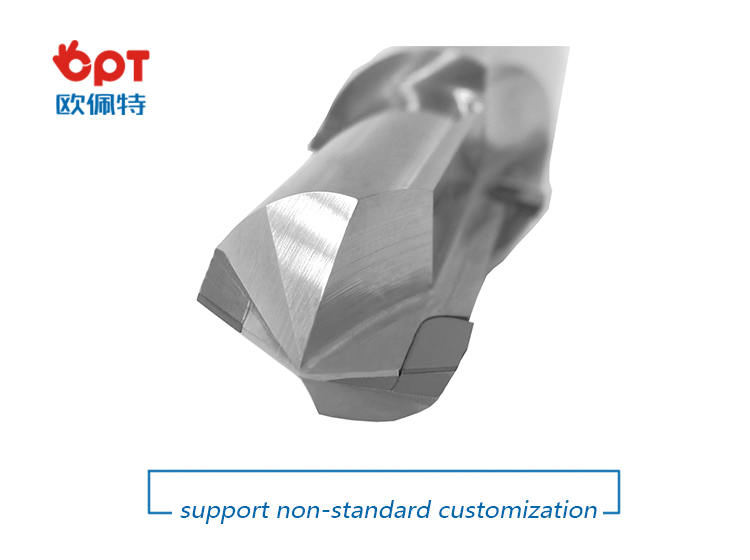
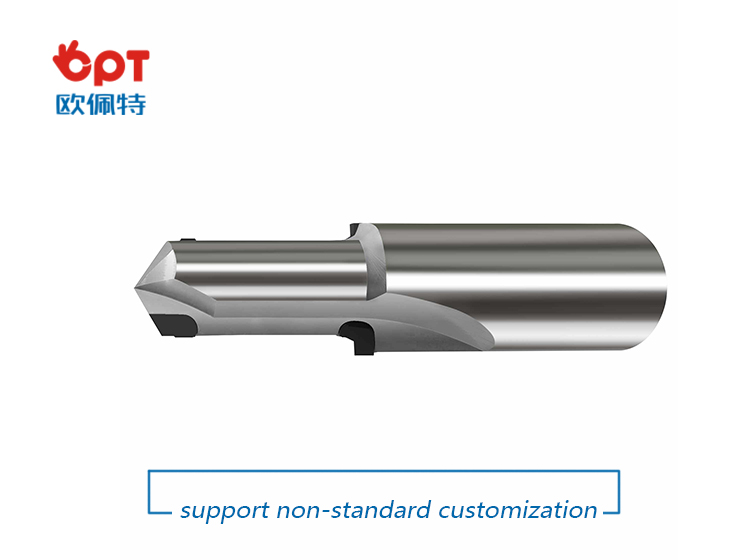
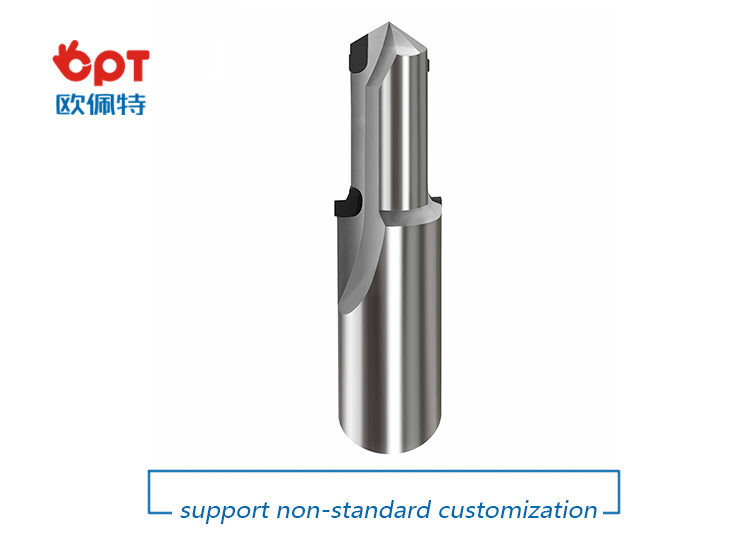

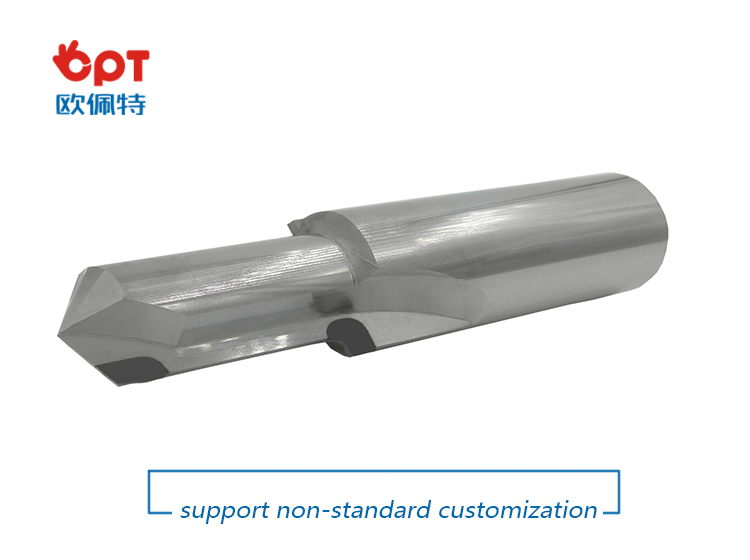
PRODUCTING PROGRESS:

PAYMENT AND DELIVERY:

PRODUCT EQUIPMENT :
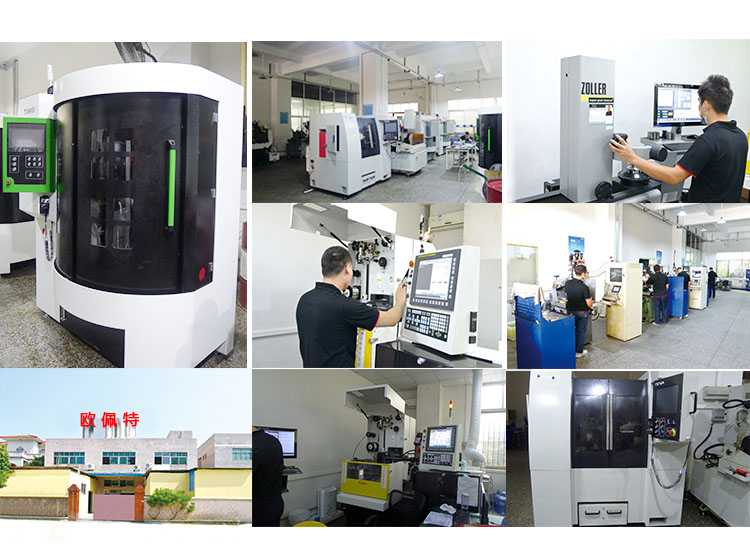
ABOUT US :
We are specialize in manufacturing PCD diamond tools and Carbide tools. Our major product inclulde PCD Inserts , PCD Reamers , PCD End Mills , PCD Taps, Cabide Inserts, Carbide Drills , Carbide Reams, Taps etc.,
We also offered customized cutting tools per drawings, and provide package according to customer requirements. We manufacture a series range of cutting tools for machining of Cast iron, Aluminium alloy and Non-Ferros metal, it is widely used in all major sectors like Automobiles, Engineering, Aerospace, Aviation and 3C industry. Premium quality of raw material is used in the production and strict examination during processing with advanced equipment, so our client are satisfied with our reliable quality and on-time delivery.
Our best selling of cutting tools include PCD Inserts, PCD End Mill, PCD Ball Nose Mill, PCD Reamer, Carbide Taps , Carbide End Mill, Special Form Cutter and many more. For these years we have been made a large forward in the technologies of manufacturing cutting tools. With high quality on performance and price, our product sells well both on domestic and overseas market. And we will always focus on the quality and best service, to make long business relationship.

quanlity control:
We have dedicated team of quality control and precise equipment to keep good and stable performance for our products and processing services.

PCD Forming Cutter,PCD Cutter,Carbide Cutter
OPT Cutting Tools Co., Ltd. , https://www.optdiamondtoolss.com